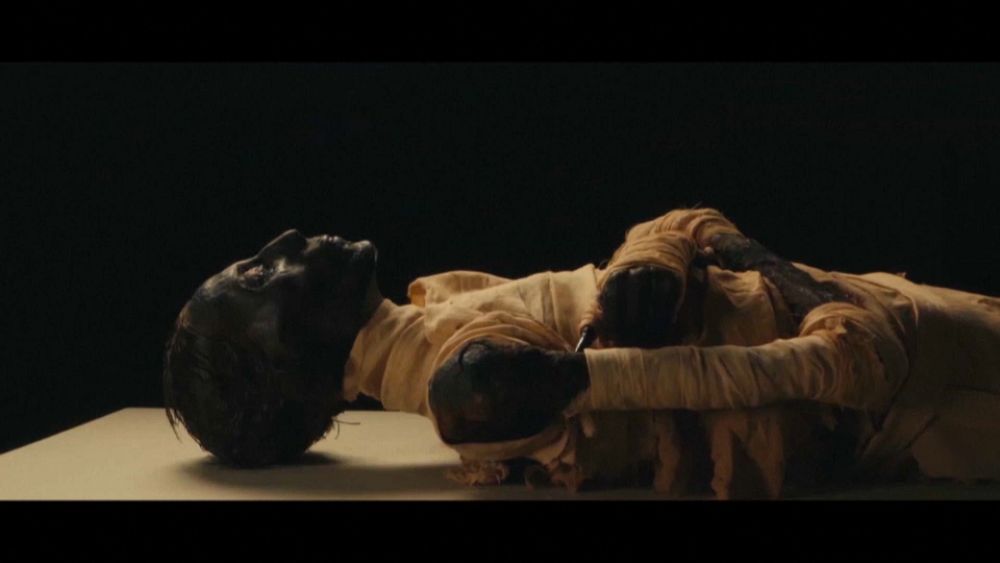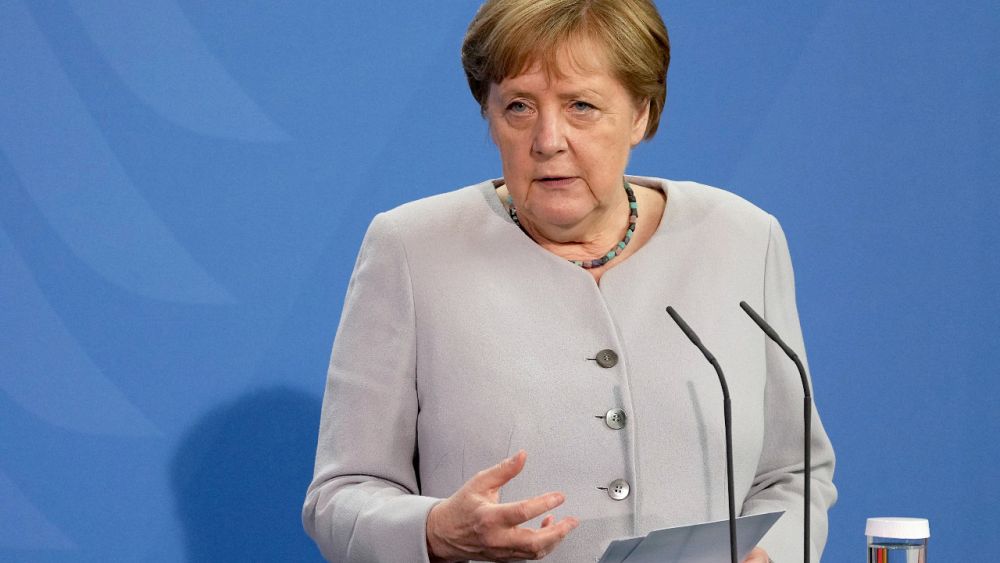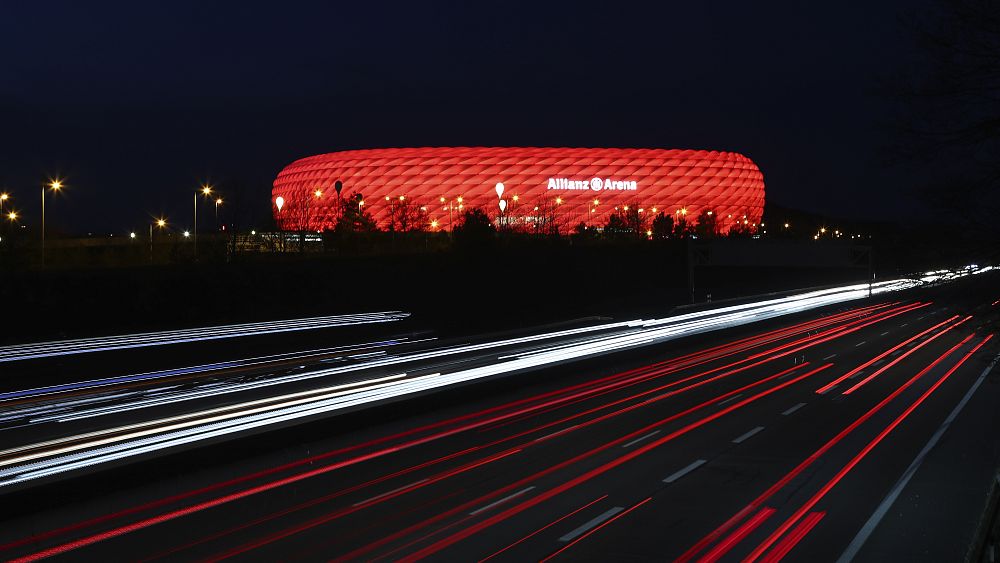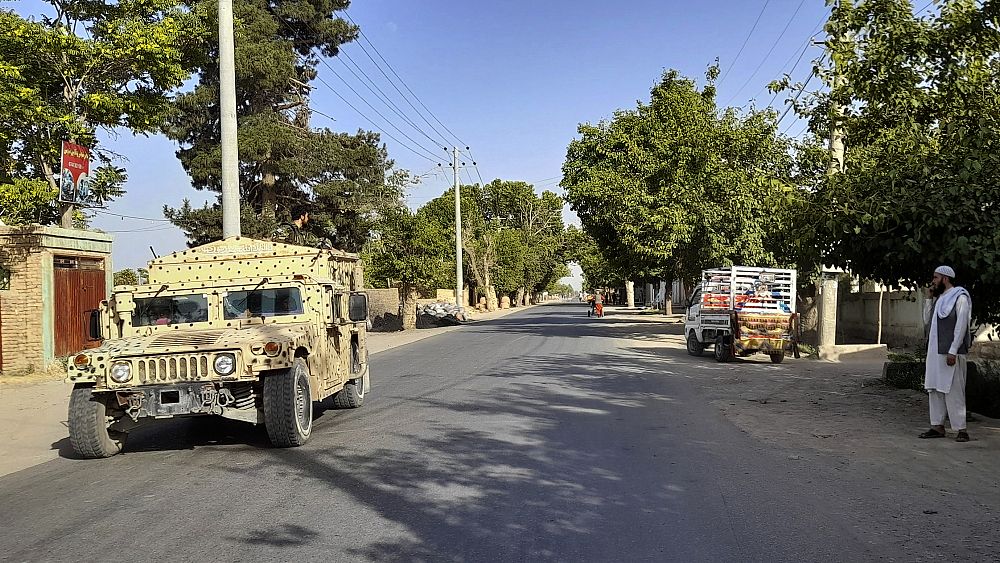Egypt held a gala parade on Saturday celebrating the transport of 22 of its prized royal mummies from central Cairo to their new resting place in a massive new museum further south in the capital.
The ceremony, designed to showcase the country”s rich heritage, snaked along the Nile corniche from the Egyptian Museum overlooking Tahrir Square, to the newly opened National Museum of Egyptian Civilization in the Fustat neighbourhood, where Egypt’s first Islamic capital was located.
The mummies were transported in climate-controlled cases loaded onto trucks decorated with wings and pharaonic design for the hour-long journey from their previous home in the older, Egyptian Museum. The ceremony kicked off with a 21-gun salute.
Most of the mummies belong to the ancient New Kingdom, which ruled Egypt between 1539 B.C. to 1075 B.C., according to the ministry of antiquities.
They include Ramses II, one of the country’s most famous pharaohs, and Queen Hatshepsut, ones of Egypt’s few female Pharaohs – who wore a false beard to overcome tradition requiring women to play only secondary roles in the royal hierarchy.
The mummies – 18 pharaohs and four other royals – were originally buried around 3,000 years ago in secret tombs in the Valley of Kings and the nearby Deir el-Bahri site. Both areas are near the southern city of Luxor. The tombs were first excavated in the 19th century.
After excavation, the mummies were taken to Cairo by boats that sailed the Nile. Some were showcased in glass cases, while others were stored. The remains of Ramses II were taken to Paris in 1976 for intensive restoration work by French scientists.
The parade is part of Egypt’s efforts to revive a tourism industry that has been reeling from the political turmoil following the 2011 popular uprising that toppled longtime autocrat Hosni Mubarak, and more recently, the coronavirus pandemic.








